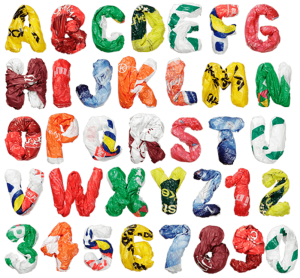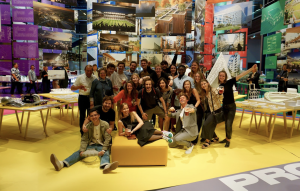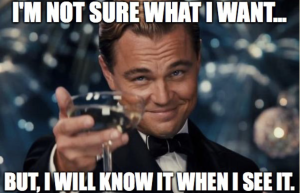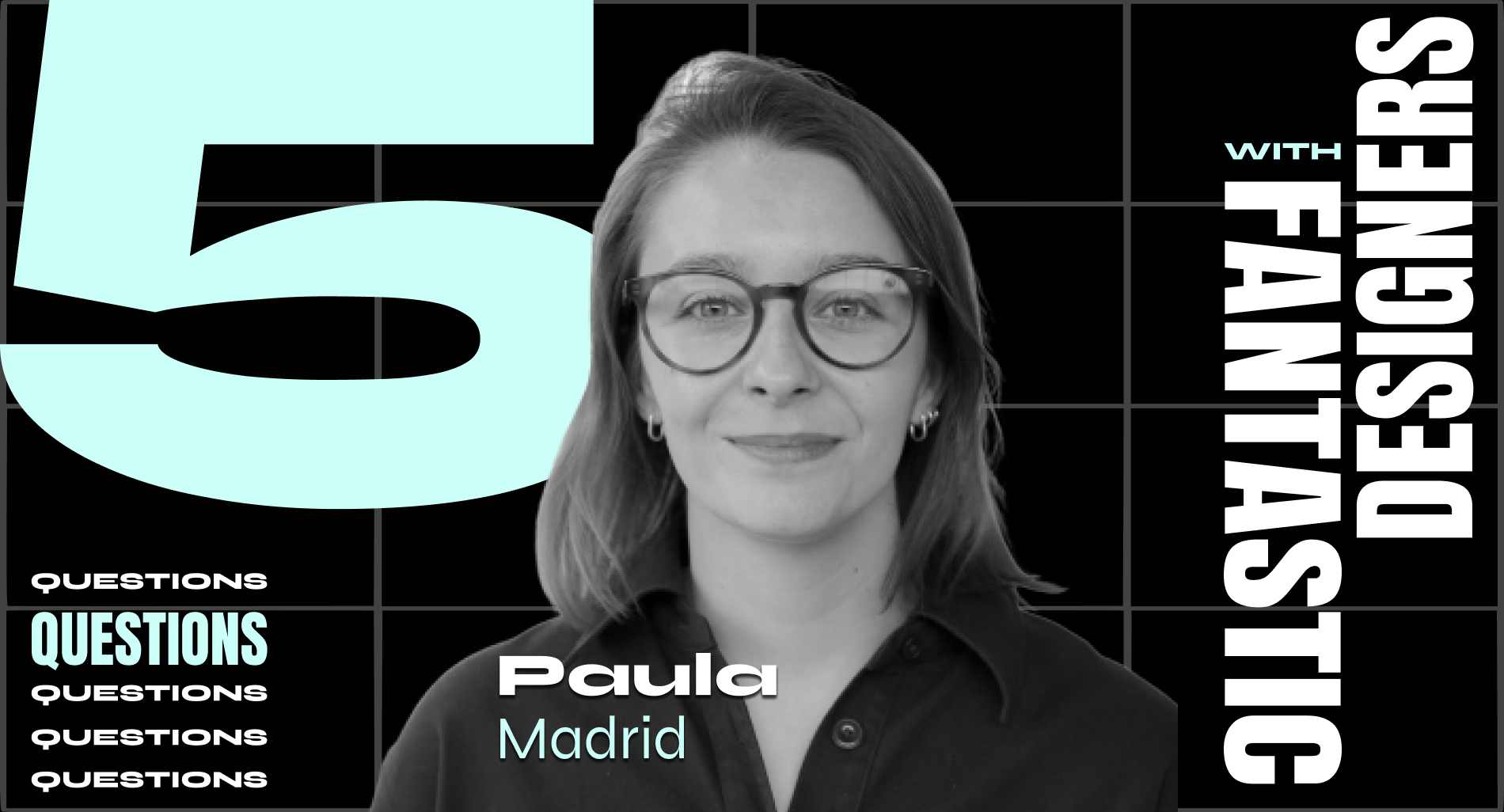Paula Madrid is a Spanish architect and graphic designer who has worked at BIG (Bjarke Ingels Group) since 2017. After two years in architectural design, Paula shifted her focus towards graphic design and visual communication, which is ultimately her true passion. She currently serves as the Global Manager for Graphic Design and Exhibitions.
Among Paula’s accomplishments is her participation in the design of the FORMGIVING exhibition at the Danish Architecture Center in 2019, as well as the subsequent publication of the monograph of the same name. Additionally, she was part of the team responsible for the redesign of BIG’s new website. Paula also recently led the team responsible for crafting the visual identity for the 3daysofdesign Festival in its 2024 edition.
Besides her professional pursuits, she enjoys exploring the world of digital art and illustration, where she blends creativity with technology to bring new ideas to life.
1. What design trends do you think will take off this year and more in the future?
I believe we’ll see a growing movement towards design that challenges the dominance of AI, we could call it something of an “Analog Revival”. I hope to see designers focusing on what makes us uniquely human, emphasizing creativity and emotional depth that AI can’t replicate.
I think people are already exploring traditional techniques such as hand-drawing, letterpress printing, and handcrafted typography more and more for this same reason. There’s a growing appreciation for imperfections or unique textures that only analog methods can offer, creating a sense of authenticity and emotional connection in design and this could not only enrich visual storytelling but also reflect a cultural shift towards valuing craftsmanship in a digital age.
Color plastic bag font by Hand Made Font studio
2. When it comes to making design and the design industry more diverse, equal, and inclusive, what changes are needed or would you like to see?
At BIG, where I work alongside talented people from over 30 countries, I’ve experienced firsthand how diversity enriches the design process. I can confirm that this diversity is more than just an impressive statistic—it’s our creative catalyst. Embracing diversity not only brings different perspectives and cultural insights to the table but also fosters innovation and creativity. I think it’s crucial for the design industry to continue prioritizing inclusivity by actively hiring people from diverse backgrounds, even if they don’t speak the local language initially (as it happened to me here in Denmark!) … and maybe some free language classes or other cultural programs could also improve collaboration!

Formgiving Exhibition team in 2019 at Danish Architecture Center
3. What are 2 things you were not taught in school (if you were formally trained in design) that you wished you had been taught?
I really wish we had been taught more about client communication in school. Early in my career, I realized how crucial it is to convey ideas clearly and listen to feedback effectively. It’s one thing to have a great design concept, but being able to articulate it to clients and incorporate their input is another skill entirely. Unfortunately, it is quite often that clients do not know what they want—and you need to find out for them.
Also, the business side of design, such as project management and budgeting, would have been incredibly useful to learn early on. It’s the boring part of design but skills like these are essential for running successful projects. I had to learn them on the job, often through trial and error and looking back, having a foundation in these areas would have made my life much easier.

4. What are the biggest challenges you’ve had to face as a designer? Did you overcome them? How?
One of the biggest challenges I’ve faced as a designer is learning to accept constructive criticism. In an era where likes and positive comments inflate our egos, it was tough for me to separate my personal attachment to my work from the feedback I received.
When I started working as a graphic designer, I struggled with this because I put so much of myself into my designs. Over time, though, I realized that being open to other people’s perspectives is essential for growth. I learned to view it as an opportunity to improve rather than a critique, and by actively seeking feedback, my work quality improved, and I built stronger relationships with my colleagues, who by the way also love being asked for their opinions—sometimes a little too much!

Ego by editorial illustrator John Holcroft
5. Why do you think Design Matters?
Design matters to me because it shapes how we experience the world. Good design makes our lives better—often without us even realizing it—through improving functionality and making things more beautiful, both at the same time. It’s not just about making things pretty, it’s about solving problems while making you forget you had problems in the first place.
Whether it’s a website that doesn’t make me want to throw my computer out the window, or a chair that doesn’t turn my back into a pancake after an hour, design shapes our world. For me, design is like being a superhero, but instead of fighting crime, you’re battling ugly stuff one project at a time.
* * *
Do you want to hear more from Paula? She will give a talk at the digital design conference Design Matters 24, which will take place in Copenhagen & Online, on Oct 23-25, 2024. Her talk, titled “Crafting Clarity: the power of visual storytelling”, will explore storytelling, graphic design in relation to architecture. Get your ticket here! Connect with Paula Madrid on LinkedIn.










